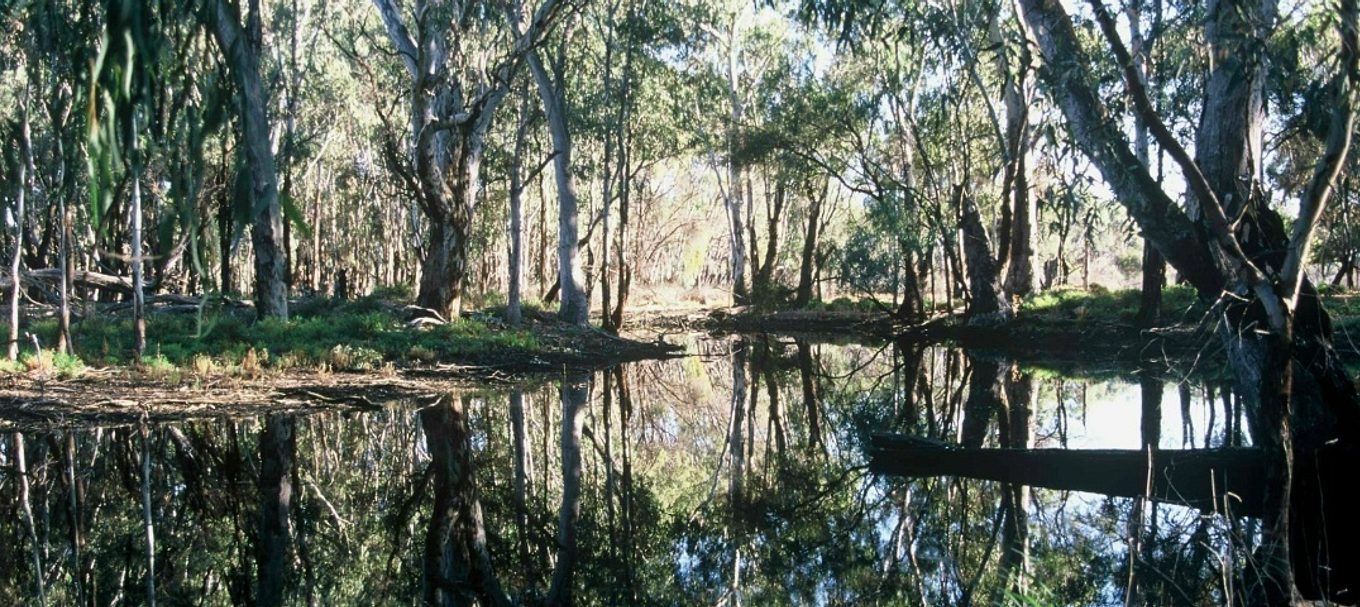
If a tree falls in the forest…
Perhaps they have missed the point. To preserve the complex ecosystems that a forest supports, we need to be there.
Though not too close obviously…
Here’s a good example:
The Chowilla floodplain northeast of Renmark has one of the largest remaining areas of naturally occurring River Red Gums on the lower Murray.
The floodplain extends over 17,800 hectares and spans the South Australian and New South Wales border. The River Red Gums (many of which are hundreds of years old) and Black Box woodlands extend over large areas of this floodplain and the Chowilla Game Reserve.
They are a magnificent feature of the floodplain and, of course, a vital part of the natural ecosystem.
They’re hardy too – and they’ve had to be. Like much of the vegetation along the Murray, they’ve received quite a lot less water than they’d like in recent years.
But areas like the Chowilla Floodplain that once received water from flooding flows every two to three years now only receive them on average about every eight to nine years. This has resulted in a large proportion of River Red Gums along the River Murray in SA suffering from stress and many have died.
Frequent flooding is important to a River Red Gum’s existence. The flooding enables salty soils and groundwater to be freshened so that it can support healthy growth.
We’ve been pumping environmental water to a number of wetlands across the Chowilla floodplain and this has helped, but in reality it only benefits around 10 per cent of the total floodplain.
That’s why a new management approach using a recently constructed environmental regulator on the Chowilla Creek was developed. The regulator can be used to raise water levels in the creek and so push water into wetlands and across the floodplain. It will allow more frequent broad scale flooding of up 50 per cent of Chowilla floodplain. This will help improve the health and resilience of the River Red Gums and other plants and animals.
The Chowilla Floodplain extends to and beyond the border with NSW and has been declared an official ‘icon site’ under the Murray Darling Basin Authority’s Living Murray program.
Hopefully we can celebrate this National Tree Day listening only for the sound of hypothetical trees falling.





